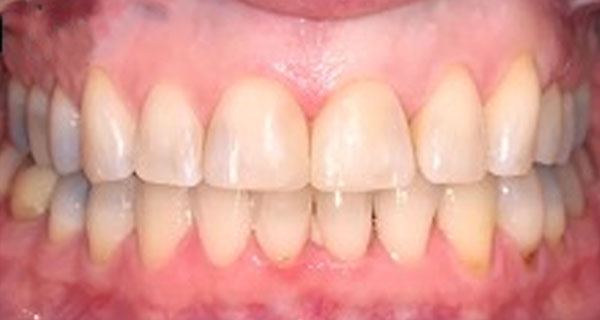Many parents have questions about teeth cleaning for their kids and how to provide the best dental care. It can be difficult to get kids to understand the benefits of good dental-care at a young age, especially when it seems like their teeth are doing fine.
We’ve put together a comprehensive Q&A that will help answer some questions you might have as a parent who values teeth cleaning and overall dental care for your child.
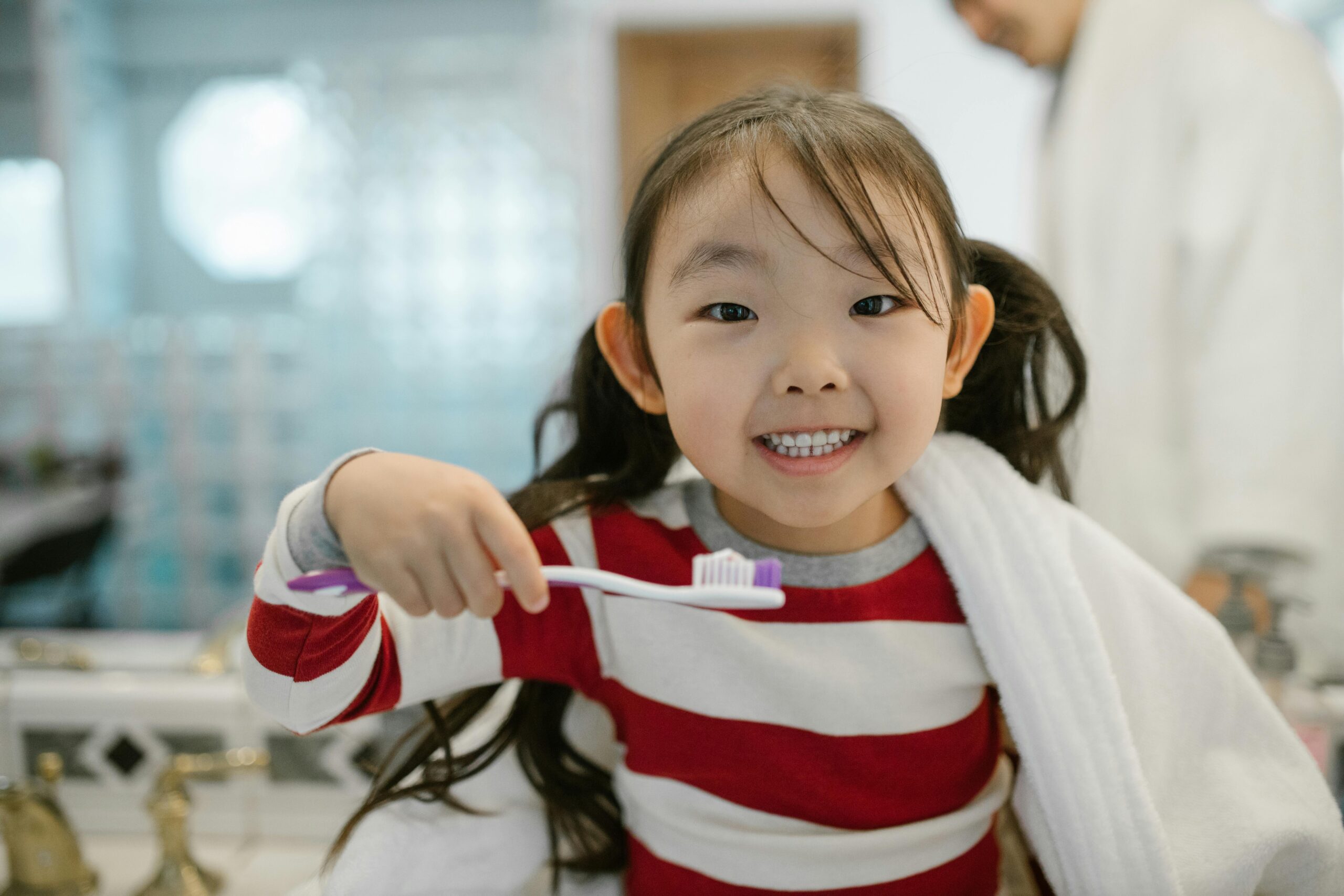 When should I start cleaning my child’s teeth?
When should I start cleaning my child’s teeth?
Did you know that teeth begin to form in your child even before birth? Tooth development starts with the formation of tooth buds beneath the gums, which gradually evolve into different types of teeth. It’s only a matter of time till they surface, and that means good oral hygiene begins early.
Before your child’s first tooth appears, gently clean their mouth and gums. They may not be eating solids, but milk residue does build up especially on their tongues because they have less saliva at that stage. Starting the cleaning practice early normalises the daily routine of teeth cleaning from a young age.
How should I clean my child’s teeth according to age?
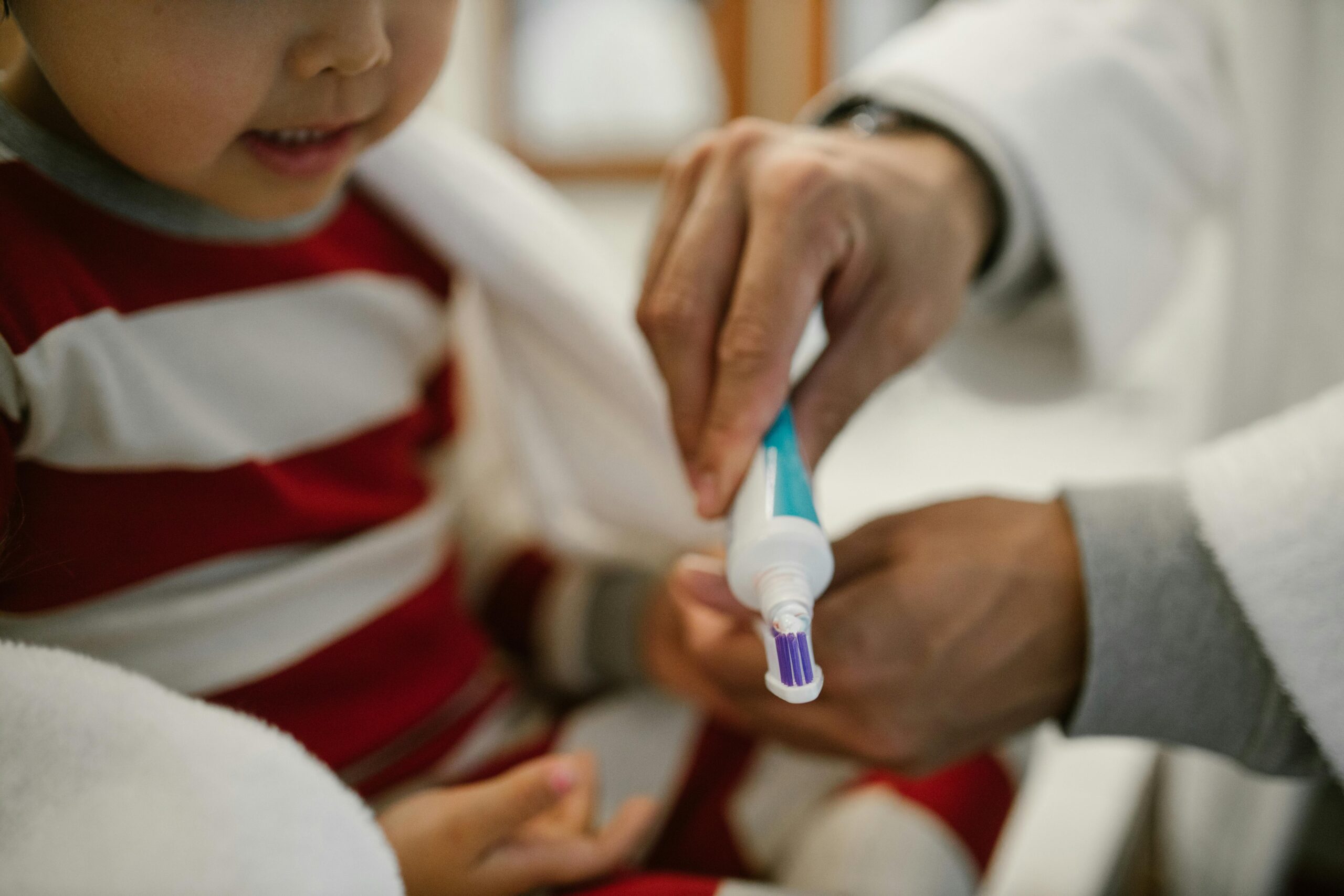
Before your baby’s first tooth appears, start cleaning their gums with a soft cloth or a baby gum brush. Once teeth come in, switch to a soft-bristled toothbrush with just water for gentle brushing. Hold off on using toothpaste until they’re 18 months old, unless your dentist suggests otherwise. When they reach 18 months, you can start using a pea-sized amount of low-fluoride toothpaste.
At this age, kids should begin learning to hold their own toothbrush to manage teeth cleaning on their own – with a little assistance and guidance from a parent. Keep using just a small dab of toothpaste, and be sure to supervise their brushing to make sure they’re using the right technique and not swallowing toothpaste. Too much fluoride in toothpaste can upset their stomachs. Aim to brush twice a day, making sure to cover all tooth surfaces and the gum line. Don’t forget to show them how to brush their tongue and to give their mouths a thorough rinse afterward.
We suggest kids brush their teeth twice a day using fluoride toothpaste, with a parent keeping an eye on them until they’re about 8 years old. Once they hit this age, you can gradually let them brush more independently while still checking to make sure they’re doing a good job. As they grow more teeth during these years, the gaps between teeth get smaller, making it important to teach them how to floss properly and get rid of any leftover food bits between their teeth.
How do I choose the right toothbrush for my child?
Soft-bristled toothbrushes are usually best for kids since their teeth are still developing. They’re gentle on gums but still effective at cleaning plaque and food debris.
A small toothbrush head helps kids reach their back molars, and non-slip grips on the handle make it easier for them to hold. Both electric and manual toothbrushes work well for children.
Electric toothbrushes can be great for kids who need a little help with dexterity, while manual toothbrushes give a more hands-on experience during teeth cleaning.
How often should children brush their teeth?
Teeth cleaning or brushing should take place twice a day for both kids and adults, in the morning and at night. It’s best to brush first thing after waking up to clean out all the plaque and bacteria that built up overnight.
If you prefer to brush after breakfast, wait about 30-45 minutes. This gives saliva time to reconstitute the enamel on your child’s teeth and prevents spreading food acids around their mouths. The same goes for brushing after the last meal of the day.
How can I encourage my child to brush their own teeth?
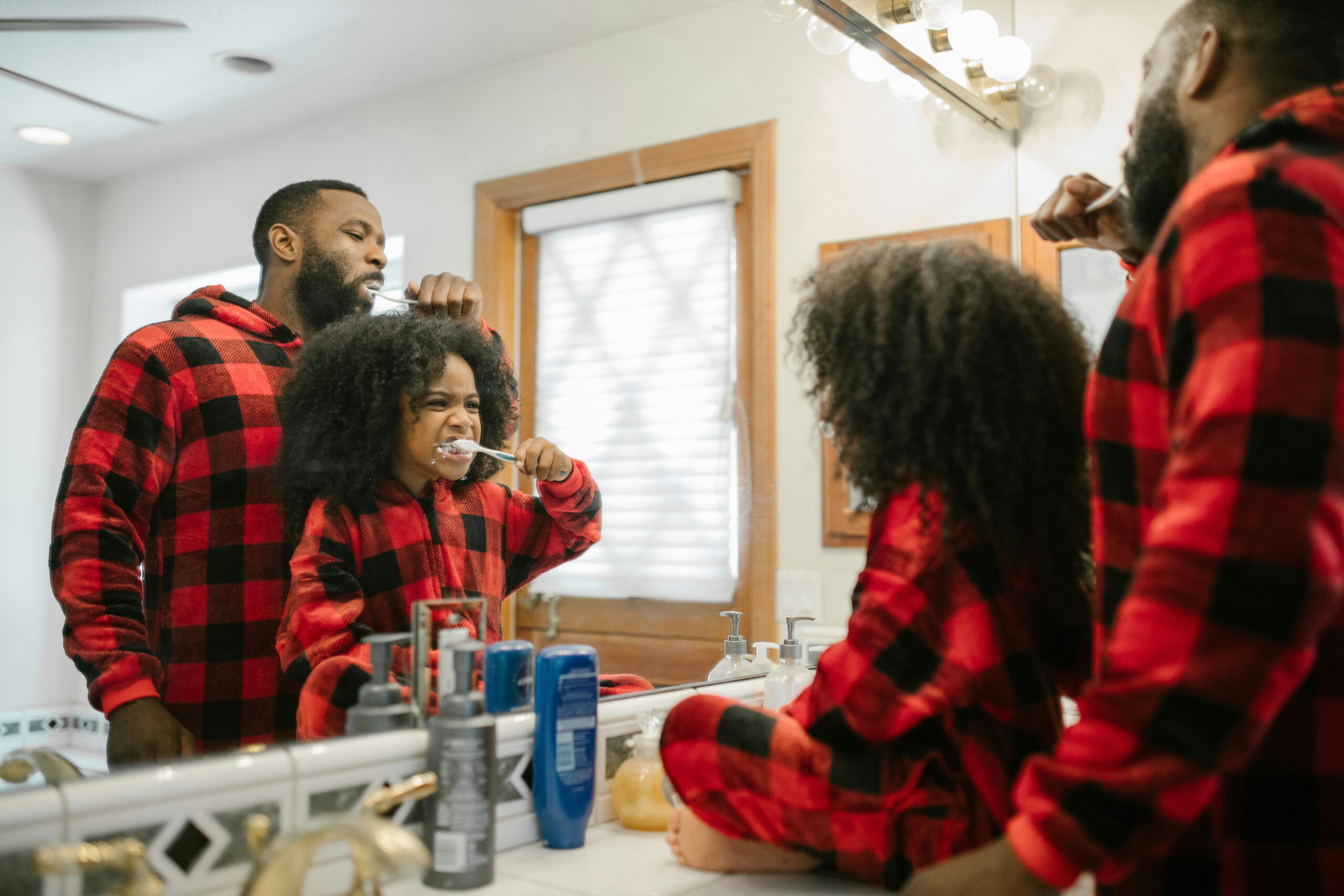
You’ll want to make toothbrushing an activity for kids to look forward to at a young age. Start with positive reinforcers like playing their favourite song to listen to while they’re brushing their teeth or letting them play with their favourite toy after. Let them pick out a toothbrush in their favourite colour from the store.
Brushing teeth can feel quite technical for little hands. Make it easy by using a mirror so they can visualise where their toothbrush goes. Brush your own teeth in front of them to demonstrate or watch a tooth brushing video together. It might also take a few rounds of guiding their hands through the motions at first, and with practice they’ll get it in no time. A thorough cleaning should last for up to 2 minutes. Use an egg timer for this so your kids can keep track of time and do a good job.
Establish a regular tooth brushing schedule. Brush teeth at the same times every day, ideally after breakfast and before bed. Consistency helps children understand that toothbrushing is a non-negotiable part of their daily routine.
Parenting Tip: Use Visual Aids. Create a colourful chart with stickers or check marks that your child can add each time they brush their teeth. This visual reminder can be motivating and provide a sense of accomplishment.
What kind of toothpaste should my kids use?
Kids over the age of 3 can start using toothpaste with fluoride to help strengthen their tooth enamel. The children’s toothpaste you find in stores is specially made for kids under 12, so the fluoride content isn’t as strong as in adult toothpaste. Just make sure they don’t swallow the toothpaste – have them spit out any excess while brushing.
When should kids start flossing?
Kids should start flossing as soon as their teeth begin to touch. When they’re very young, you can floss for them, and as they grow older, they can gradually learn to do it themselves.
The technique is simple: use a piece of floss about 30 centimetres long, shape it into a C, and gently guide it between their teeth to clean both sides of each gap, going slightly under the gum line. Make sure to use a new section of floss for each tooth to reduce the spread of germs.
Just add flossing to their daily teeth cleaning routine to keep best practices in dental care at home consistent.
What food and drinks are healthy for kids’ teeth?
Foods high in calcium, like cheese, milk, and low-sugar yoghurts, are fantastic because they help strengthen teeth and jawbones while fighting tooth decay.
Crunchy foods such as carrots, apples, celery, and pears are also excellent choices. They encourage kids to chew more, which produces saliva that helps destroy bad bacteria in the mouth.
Chewing sugar-free gum can be beneficial too, though maybe not during school hours. It’s also a good idea to have them drink tap water and avoid sugary sweets, soft drinks, and sports drinks, as well as some fruit juices that can be high in sugars. These simple choices can make a big difference in keeping their teeth healthy.
When should my child visit the dentist and how often?
Regular dental check-ups are essential for monitoring your child’s oral health, every 6-12 months even if they don’t appear to have any problems. Visiting the dentist regularly can help with prevention, early detection, and management of tooth decay.
How do I prepare my child to visit the dentist?
Getting kids ready for the dentist is all about role-playing, reading fun books, and watching videos to show them what to expect. Take a tour of the dental office together, chat about what will happen, and let them bring along their favourite comfort items. And remember, leading by example by keeping up with your own dental visits can show them it’s nothing to worry about!
Learn About Smile Place Dental’s Expert Dental Care and Teeth Cleaning for Kids
For more tailored advice and professional dental care, learn more about our child dental services. Our experienced and caring team is here to support every step of your child’s dental health journey.
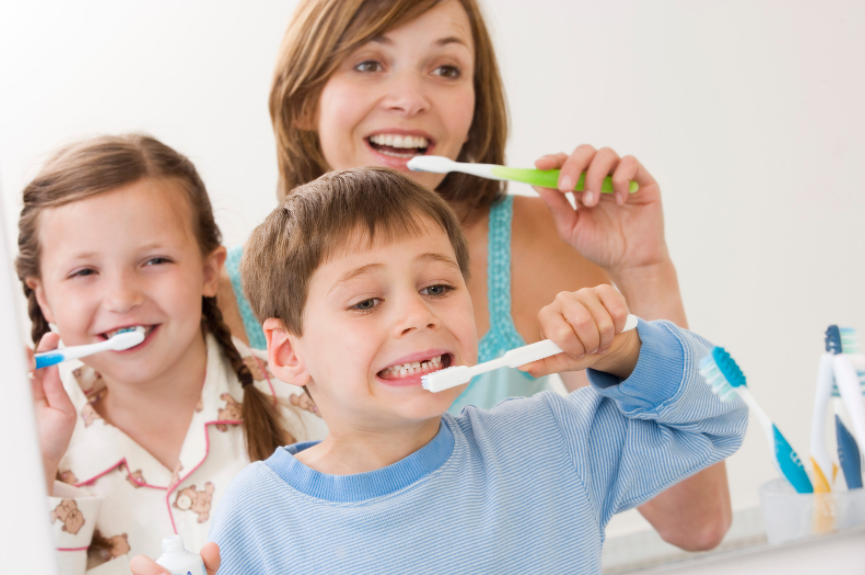
 When should I start cleaning my child’s teeth?
When should I start cleaning my child’s teeth? 

